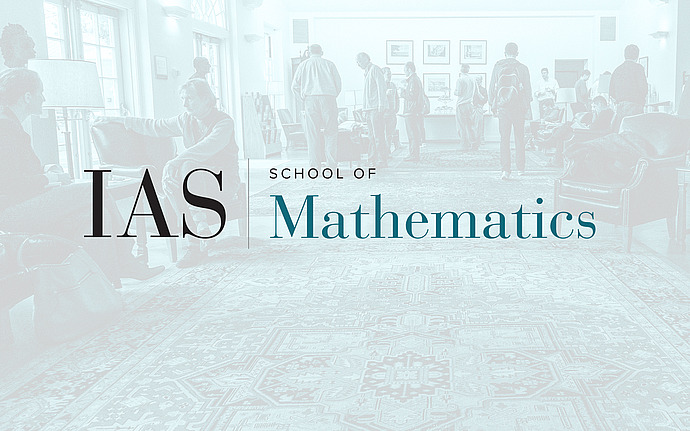
Group Theory/Dynamics Talk
How Small Can a Group or a Graph be to Admit a Non-Trivial Poisson Boundary?
We review results about random walks on groups, discussing results and conjectures relating critical constant for recurrence/transience, growth and Poisson boundary.
Much less is known about behavior of random walks on Schreier graphs. Since any regular graph is a Schreier graph, well known counterexamples show that these random walks, in contrast with group case, do not enjoy structural results such as entropy criterion. It is well known that for "very small" graphs (of at most quadratic growth) simple random walks are recurrent, and thus have trivial boundary. It turns out that if we allow infinitely supported measures, the properties of the random walk can reflect better some group theoretic properties.
In a work in progress with J. Frisch, N. Matte Bon and T. Zheng we study random walks on Schreier graphs. Our examples include random walks on Grigorchuk groups. These groups, starting from being a counter example to Milnor question about subexponential growth, are known to be a source of somehow counterintuitive phenomena. Studying their Schreier graphs, we show that even the smallest example among possible infinite Schreier graphs, the ray, may admit (infinitely supported ) measures with non-trivial boundary. Such measures can be chosen to be symmetric, of finite entropy with the boundary isomorphic to standard Lebesgue space.